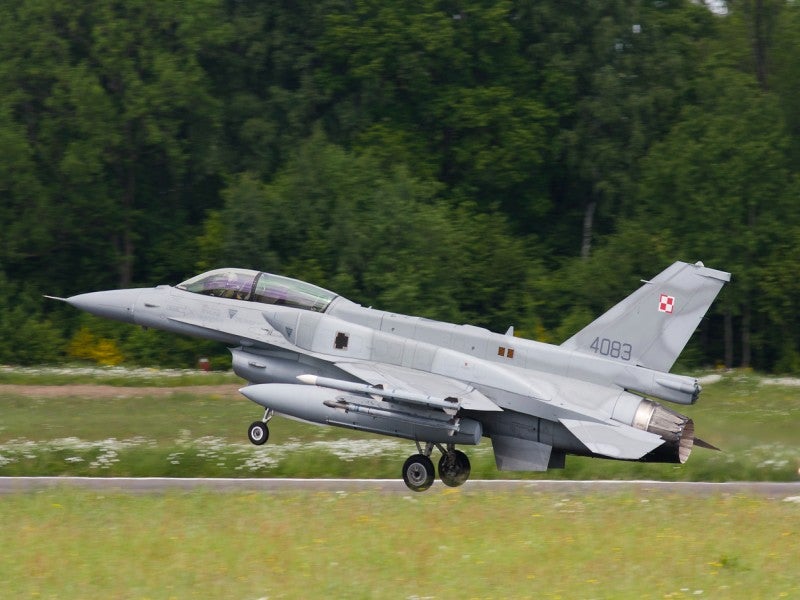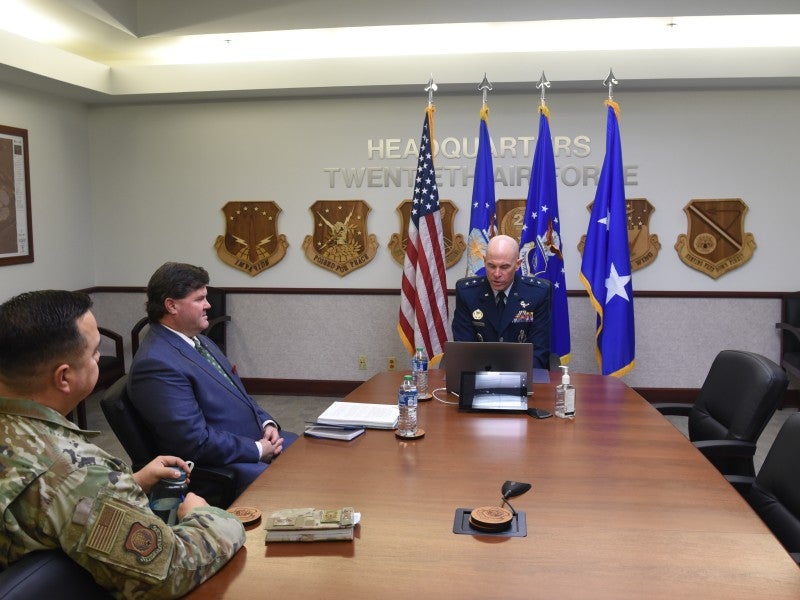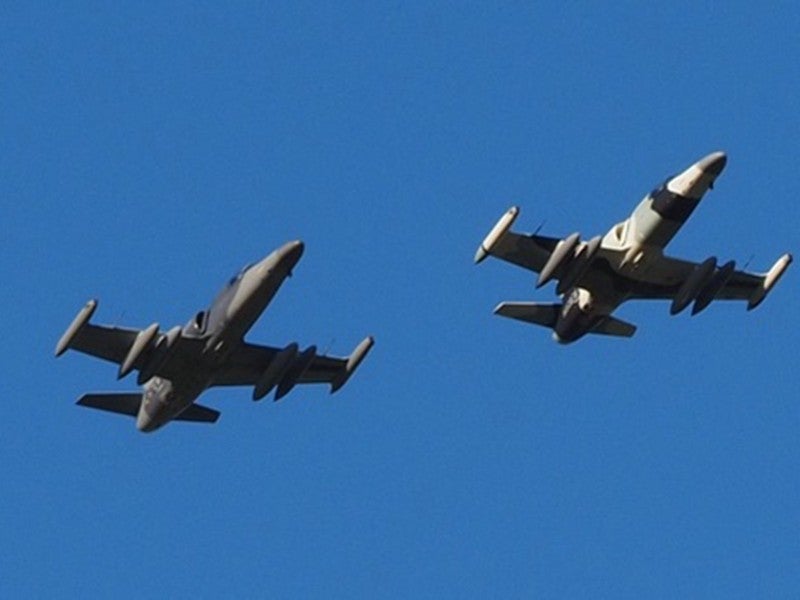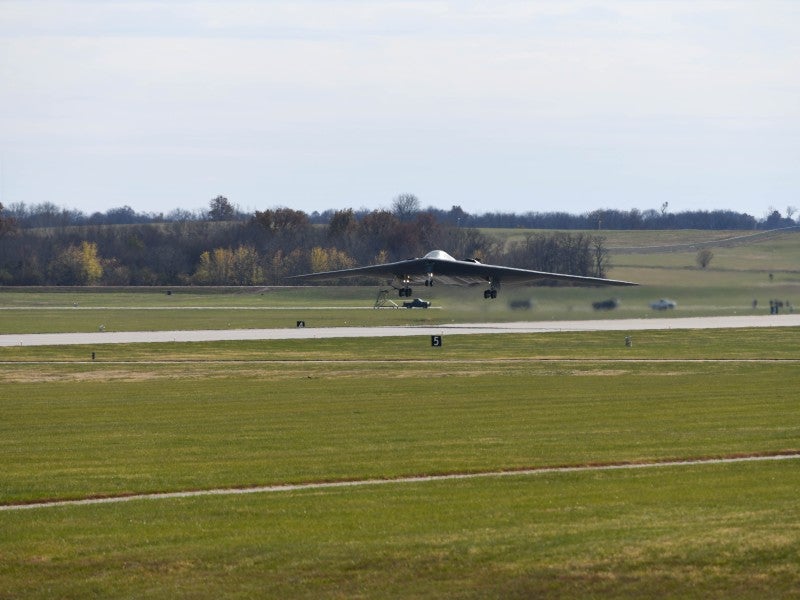
The Block 20 and 30 RQ-4B Global Hawks are set to undergo modifications to prepare them for their new role under the US Department of Defense’s (Dod) Skyrange programme.
Confirmed by Northrop Grumman, the RQ-4 Global Hawks will be reconfigured into RangeHawk to support hypersonic missile flight tests.
The tests will be conducted from the company’s Grand Sky facility near Grand Forks, North Dakota.
SkyRange is an uncrewed high-altitude, long-endurance (HALE) responsive mobile flight test system operated by the US DoD’s Test Resource Management Center (Trmc).
In order to support this effort, RQ-4B Global Hawk’s Block 20 and 30 aircraft are being transferred to TRMC for reconfiguration.
Northrop Grumman global surveillance vice-president and general manager Jane Bishop said: “Our RQ-4 RangeHawks will support emerging class of hypersonic weapons and provide a combination of range, endurance and payload capacity.
“These aircraft will continue their role in vital national security missions while enabling us to bring premier aircraft design, modification, operations and sustainment work to the Grand Forks community.”
The latest announcement builds upon the previously awarded task order, which involved Northrop Grumman to expand Global Hawk’s participation in the programme.
The process of conversion will include the integration of advanced payloads, providing aircraft with the capability to support the evaluation of hypersonic vehicles and long-range weapons.
Once converted, RangeHawks will supply the necessary endurance and flexibility for gathering telemetry and other data for monitoring the vehicle during the tests.
The RQ-4A prototype fleet’s sustainment and operations, as well as the integration of new payloads for the future RQ-4B fleet is being managed by Northrop Grumman in collaboration with Nasa at Armstrong Flight Research Center, Edwards Air Force Base in California.
TRMC acting director and principal deputy George Rumford said: “SkyRange will enable the DoD to accelerate our pace of testing hypersonic systems.”




